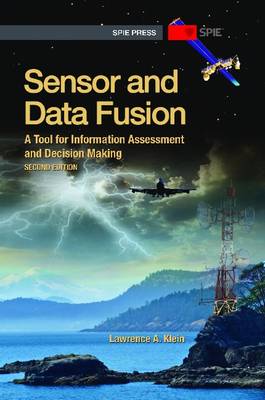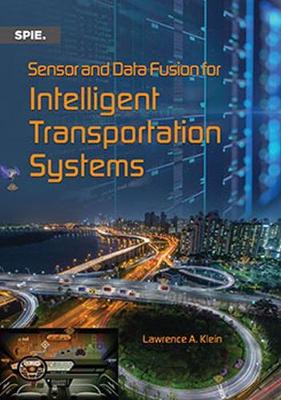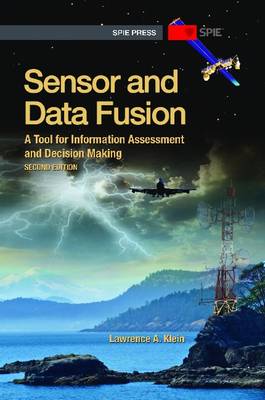Press Monographs
3 total works
The information in this edition has been substantially expanded and updated to incorporate recent approaches to sensor and data fusion, as well as application examples. A new chapter about data fusion issues associated with multiple-radar tracking systems has also been added.
Sensor and Data Fusion for Intelligent Transportation Systems
by Lawrence A. Klein
Sensor and Data Fusion: A Tool for Information Assessment and Decision Making
by Lawrence A. Klein
This book illustrates the benefits of sensor fusion by considering the characteristics of infrared, microwave, and millimeter-wave sensors, including the influence of the atmosphere on their performance.
Applications that benefit from this technology include:
- vehicular traffic management
- remote sensing
- target classification and tracking
- weather forecasting
- military and homeland defense
Covering data fusion algorithms in detail, Klein includes a summary of the information required to implement each of the algorithms discussed, and outlines system application scenarios that may limit sensor size but that require high resolution data.


